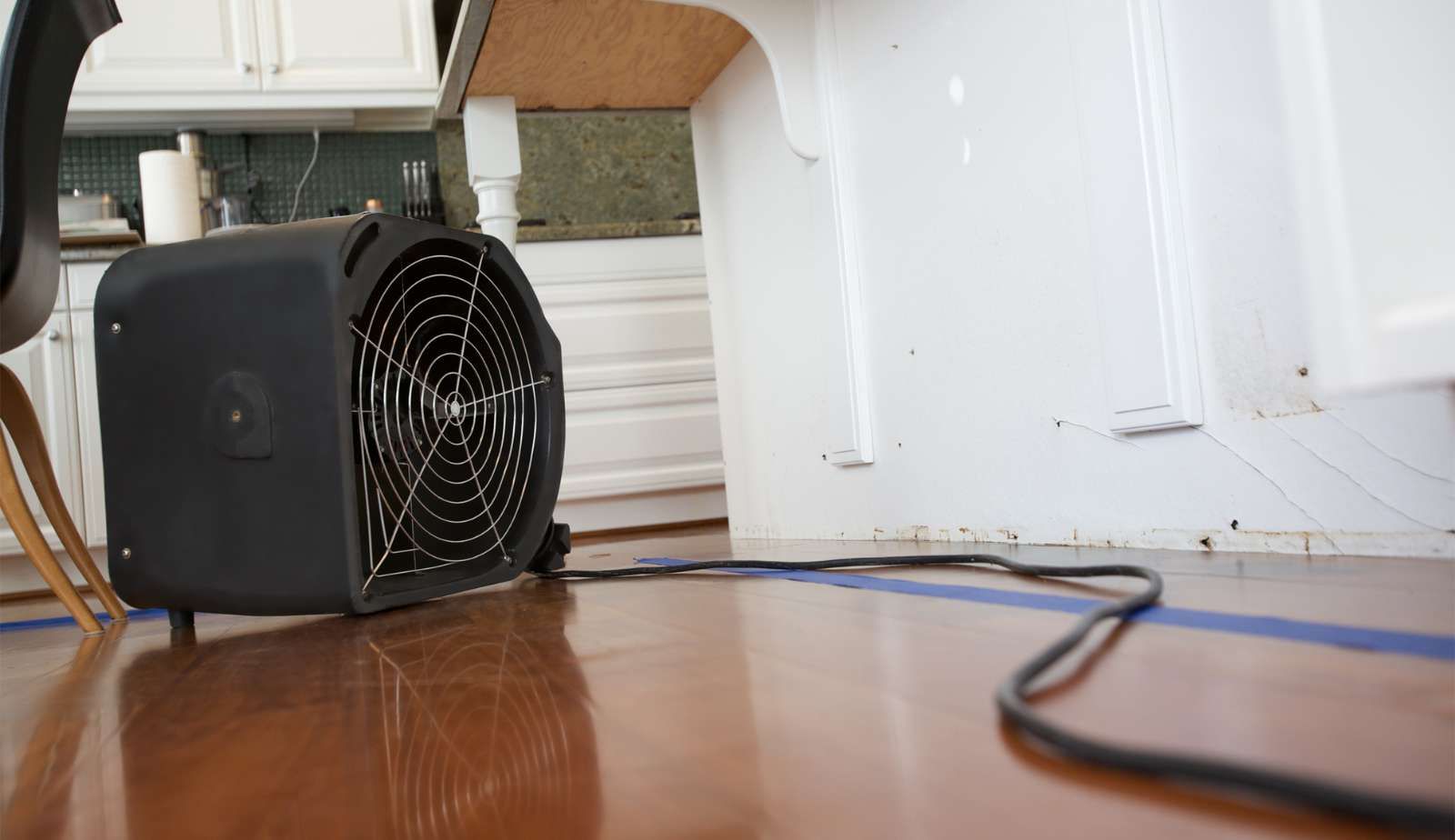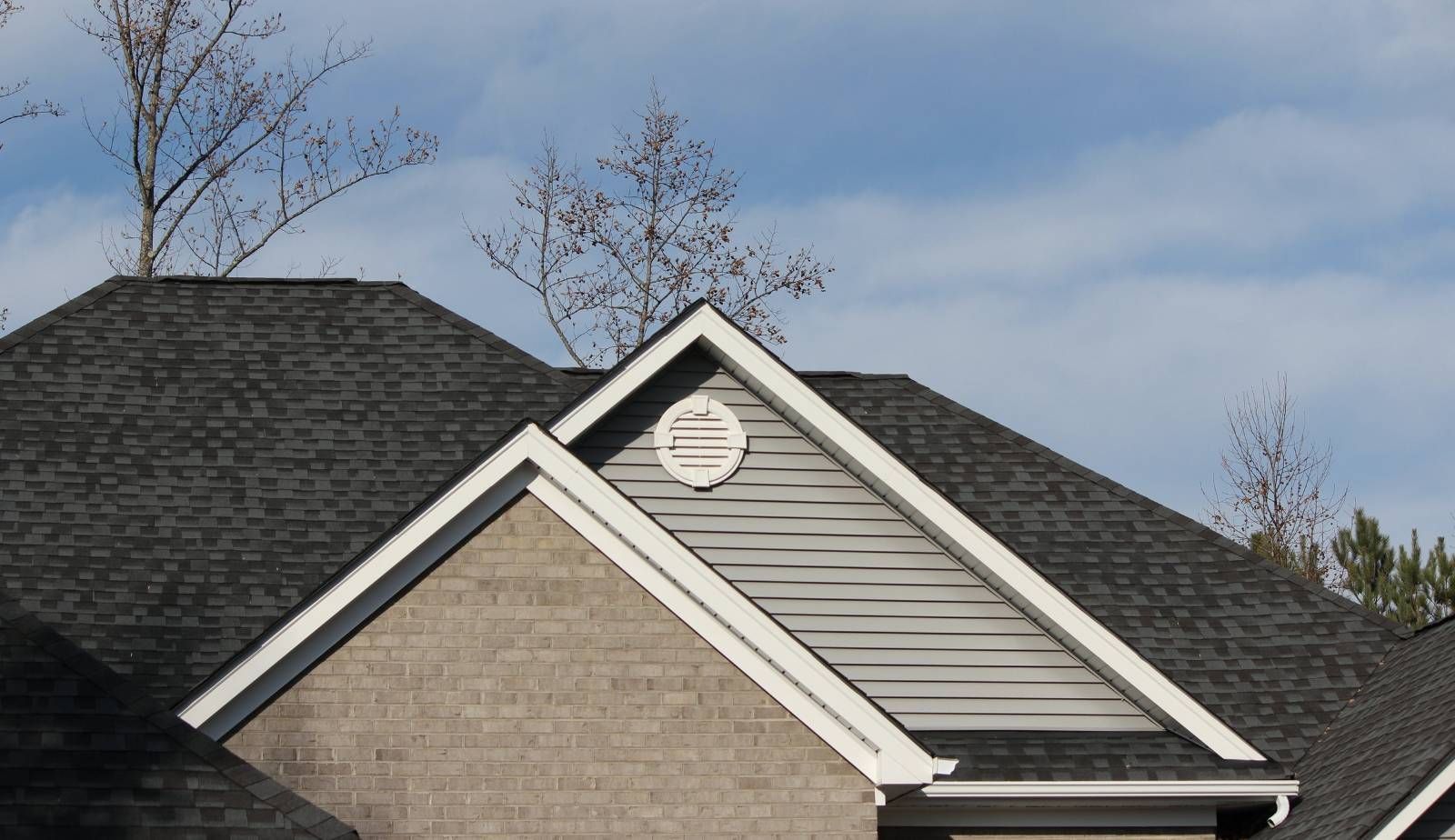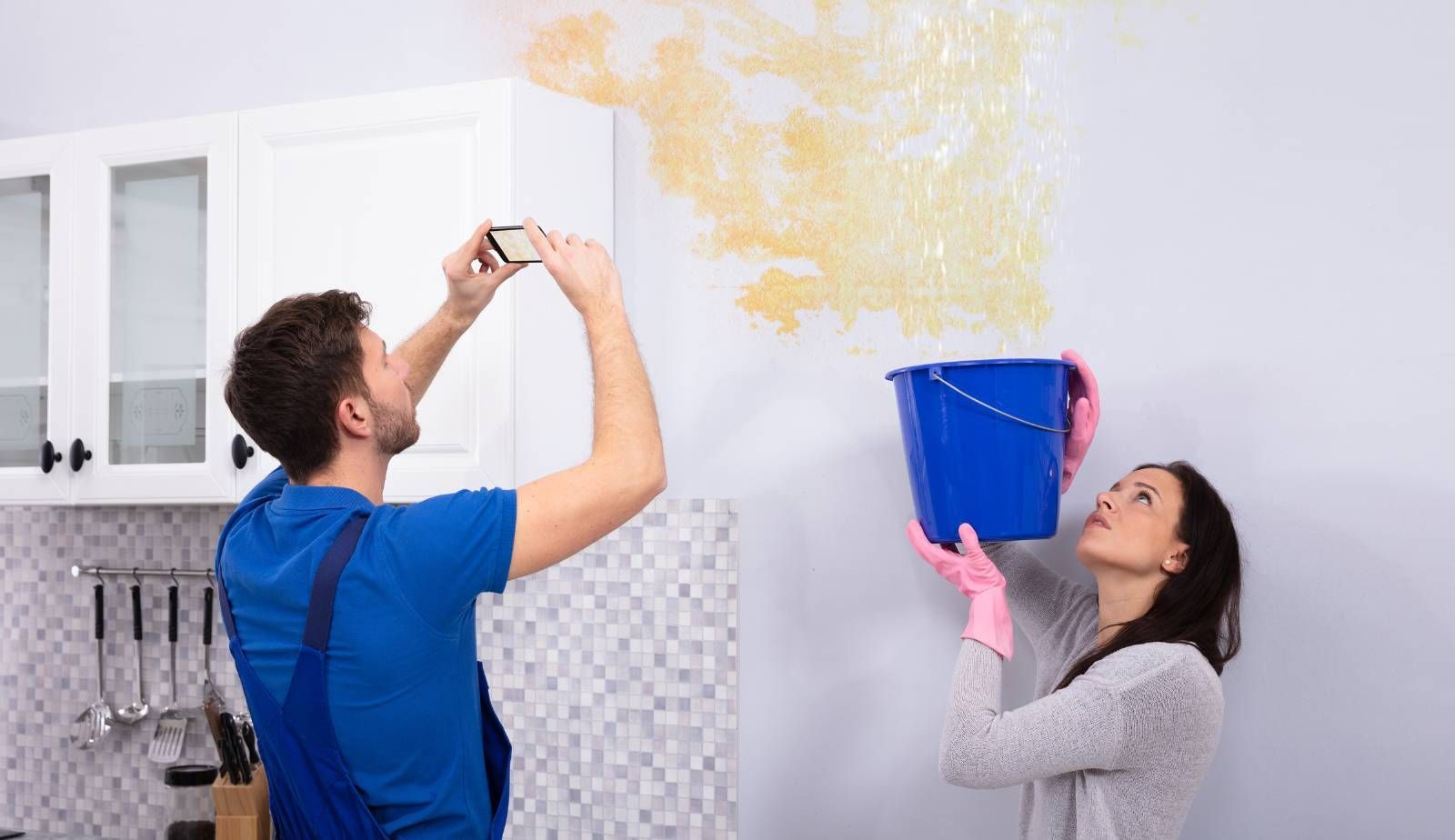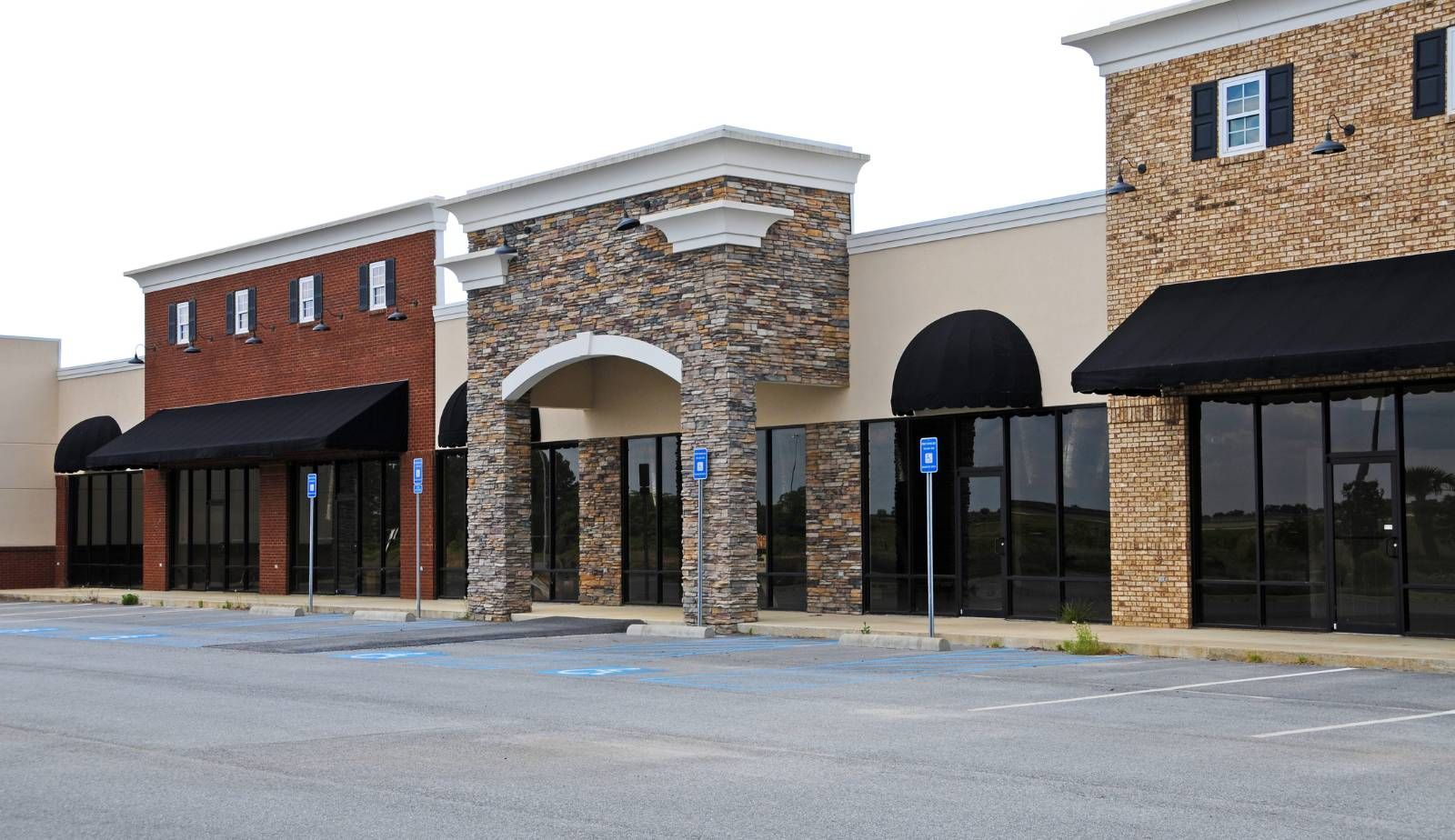The First 24 Hours: Essential Steps for Louisiana Homeowners After Water Damage
Water damage can strike unexpectedly, leaving homeowners in Louisiana feeling overwhelmed and unsure of their next steps. In the critical hours that follow such an incident, immediate action is paramount. Taking decisive measures to ensure safety and minimize damage can significantly reduce the risks of long-term complications.
Within the first 24 hours, homeowners should prioritize safety by turning off electricity and securing personal belongings to prevent further loss. They should also begin assessing the extent of the damage, including checking for hidden moisture that could lead to mold growth or structural issues. Implementing effective drying techniques and contacting professionals for assistance can be crucial in mitigating further damage caused by flooding.
Understanding the importance of these initial actions not only protects the property but also aids in potential recovery efforts, especially when navigating insurance claims. Recognizing the urgency of the situation and acting swiftly can ultimately safeguard their home and investment.
Evaluating Safety and Hazards
In the aftermath of water damage, assessing safety and potential hazards is critical. This involves identifying the type of water involved, conducting a risk assessment for electrical and structural issues, and ensuring the appropriate use of personal protective equipment.
Identifying Types of Water
The first step is to determine the type of water that has caused the damage. There are three categories:
- Clean Water: This comes from a clean source, such as a broken pipe. It poses minimal health risks.
- Gray Water: Contains contaminants like soap or detergent. It can cause potential health effects if ingested.
- Black Water: This is contaminated water from sewage, which contains harmful bacteria and pathogens.
Understanding the water type helps in taking appropriate safety measures and deciding on necessary cleanup processes.
Electrical and Structural Risk Assessment
Water can cause significant damage to electrical systems and the structural integrity of a home. Homeowners should first turn off the electricity at the main breaker to avoid electrocution risks.
Next, they should assess structural components:
- Walls and Ceilings: Look for sagging or discoloration, which may indicate water damage.
- Floors: Check for warping or buckling, suggesting potential underlying problems.
If structural damage is suspected, it is advisable to consult a professional before entering the area.
Personal Protective Equipment Usage
Using personal protective equipment (PPE) is essential when addressing water damage. Homeowners should wear:
- Rubber Gloves: To protect against contaminants in gray and black water.
- Masks: To avoid inhaling mold spores or dust.
- Goggles: Protecting the eyes from splashes or harmful materials.
Choosing the right PPE reduces the risk of exposure to hazardous substances and ensures safer handling of cleanup efforts. Proper attire can prevent injuries and health complications while addressing water damage effectively.

Stopping the Source of Water
Identifying and stopping the source of water is crucial in the first 24 hours following water damage. Timely intervention can significantly reduce further destruction and mitigate long-term effects.
Shutting Off Water Mains
The first action homeowners should take is to shut off their water mains. This step prevents any additional water from entering the home and can substantially help in water removal efforts.
To locate the main water shut-off valve, look for a round handle or lever typically found near the front of the house or in the basement. Turning the valve clockwise usually stops the flow.
If there are specific appliances contributing to the leak, such as washing machines or dishwashers, those should also be turned off. This action helps avoid further damage by isolating the source. It’s wise to routinely check the system for leaks and know where to shut off valves are located to act quickly in an emergency.
Addressing Sewer Backups or Burst Pipes
If a sewer backup or burst pipe is the problem, homeowners need to act swiftly. For sewer backups, avoid flushing toilets or running water until the issue is resolved. Contact a professional plumber to assess the situation and conduct necessary repairs.
In the event of burst pipes, immediate action can save the property from extensive damage. Locate the affected area and shut off the water supply to those specific pipes if possible.
Using a sump pump can efficiently remove standing water if there is flooding. Be cautious, as electrical hazards may arise in these situations. Ultimately, documenting the damage with photographs can assist with insurance claims and repairs.
Water Removal Process
When water damage occurs, immediate actions are crucial for effective recovery. The water removal process focuses on extracting standing water quickly to minimize potential harm to the home and its contents.
Initial Water Extraction Techniques
In the initial stage of addressing water damage, homeowners should prioritize removing as much water as possible. Using absorbent materials like towels or mops can help eliminate smaller amounts of water.
For larger volumes, specialized equipment such as wet/dry vacuums can be employed. These vacuums are designed to handle water and debris, making them ideal for the first phase of extraction.
Homeowners may also use buckets for localized pooling, especially in areas difficult to access with larger equipment. Prompt action in these early steps helps in reducing lingering moisture that can lead to mold growth.
Use of Pumps and Vacuums
For extensive flooding, sump pumps play a vital role in water removal. A submersible sump pump can effectively remove water from basements or lower levels of a house. It works by automatically pumping out accumulated water, which allows for faster drying.
Additionally, professional restoration services often utilize high-capacity extraction vacuums. These vacuums can quickly remove significant amounts of water, significantly speeding up the recovery process.
Ensuring the power supply is safe before using electrical equipment is paramount. Homeowners should cut the electricity and consult professionals if unsure about the safety of their environment. Taking these steps significantly aids in mitigating water damage risks.
Drying and Dehumidification
Effective drying and dehumidification are crucial to mitigate damage and prevent mold growth following water exposure. Taking immediate action helps restore a property's condition and reduces long-term repair costs.
Strategies for Effective Drying
To begin the drying process, it is essential to remove standing water as quickly as possible. This can be done using submersible pumps for larger volumes and wet/dry vacuums for smaller areas. After standing water is extracted, removing moisture from surfaces becomes vital.
Utilizing towels and mops can help with initial moisture absorption. Following this, it’s important to open windows and doors to encourage airflow. This natural ventilation, combined with the use of fans, can significantly expedite drying.
For optimum results, materials like drywall and carpets may need to be removed if severely saturated.
Introducing dehumidifiers after initial drying will control moisture levels effectively, preventing further damage and promoting a thorough drying process.
Air Movement and Dehumidification Equipment
Proper airflow is essential in the drying process. Air movers are powerful devices specifically designed to enhance air circulation in affected areas. They help ensure that moisture evaporates quickly from surfaces.
Dehumidifiers also play a critical role in this phase. They draw moisture-laden air from the environment and cycle it back in as drier air. This process prevents humidity from accumulating and supports faster drying of building materials.
Using both air movers and dehumidifiers in tandem will enhance drying efficiency. Ideal placement of these devices is crucial; fans should direct airflow across wet surfaces, while dehumidifiers should be positioned for optimal air intake. Monitoring humidity levels consistently ensures that the environment remains conducive to effective drying and water damage repair.

Cleaning and Sanitizing
Effective cleaning and sanitizing are crucial steps for homeowners dealing with water damage. Timely actions can significantly reduce the risk of mold growth and long-term structural issues.
Choosing Appropriate Cleaning Products
Homeowners should select cleaning products that are effective against bacteria and mold. Look for EPA-approved disinfectants that specify their efficacy against mold.
Common options include:
- Bleach Solution: A mixture of 1 cup of bleach in 1 gallon of water effectively kills mold and bacteria. Caution is necessary; use gloves and ensure proper ventilation.
- Hydrogen Peroxide: This is a safer alternative with antifungal properties. Use a 3% solution for disinfecting surfaces.
Before starting, it’s essential to check for signs of water damage, such as discoloration or warping. Using the wrong products may worsen the issue, so always read labels carefully.
Procedures for Disinfection and Sanitization
The procedure for disinfecting surfaces begins with thorough cleaning. Remove any debris or loose material, which can harbor bacteria.
- Clean Surfaces: Use soap and water to clean affected areas thoroughly.
- Apply Disinfectant: After cleaning, apply the chosen disinfectant. Let it sit for the recommended time on the label.
- Rinse and Dry: In the case of bleach solution, rinse the surface with water afterwards to avoid residue.
Always wear protective gear during the process. After disinfecting, ensure that the area is properly dried to prevent mold growth. Opening windows and using fans can enhance airflow and speed up the drying process.
Mold Prevention and Remediation
Taking swift action after water damage is crucial in avoiding mold issues. Homeowners must be proactive in detecting mold, employing effective prevention strategies, and knowing when to call for professional help.
Early Detection of Mold
Promptly identifying mold is essential to limit its spread and mitigate health risks. Homeowners should regularly inspect areas prone to moisture, such as basements, bathrooms, and kitchen cabinets. Signs of mold include visible growth, musty odors, and water stains.
Using moisture meters can help assess hidden dampness behind walls or under flooring. Early detection enables quick action, which may involve drying affected areas thoroughly within 24-48 hours after water exposure. If mold is found, it is crucial to act quickly to prevent extensive damage.
Tactics for Mold Growth Prevention
Preventing mold growth requires controlling humidity and moisture levels. Homeowners should aim to keep indoor humidity below 60%. Using dehumidifiers in high-humidity areas can effectively manage moisture.
Additionally, proper ventilation in bathrooms and kitchens helps reduce condensation. Homeowners can install exhaust fans to improve airflow.
Regularly inspecting roofs, gutters, and downspouts for blockages can prevent leaks. Repairing any water leaks immediately, and ensuring proper drainage around the home, are vital steps. Regularly cleaning and maintaining these systems aids in mold prevention.
Professional Mold Remediation Services
In cases of extensive mold growth, professional mold remediation services may be necessary. These experts utilize specialized equipment and techniques to safely remove mold and prevent its return.
Professional services typically include an initial assessment to determine the extent of the infestation. They may employ techniques such as sealing off affected areas, using air filtration devices, and applying antimicrobial treatments.
Choosing a certified mold remediation service is critical. Homeowners should look for trained professionals who follow guidelines set by the Environmental Protection Agency (EPA) and other relevant authorities. This choice ensures effective and safe handling of mold issues.
Documents, Insurance, and Claims
After experiencing water damage, taking prompt action regarding documentation and insurance is crucial. Homeowners should focus on accurately recording the damage and understanding their insurance policies to facilitate a smooth claims process.
Documenting Water Damage for Claims
Immediately after the water damage occurs, documenting the situation is essential. This includes taking clear, dated photographs or videos of the affected areas. Every damaged item should be recorded, noting its condition and value.
Creating a detailed inventory helps support insurance claims. Homeowners should also keep receipts for any emergency repairs, such as water extraction or mold prevention measures. These documents serve as proof of the immediate response taken to mitigate further damage, which is often a requirement for claims consideration.
Contacting Your Insurance Company
Contacting the insurance company as soon as possible is vital. Homeowners should notify their insurer about the water damage, providing them with initial details of the incident. It is important to review the homeowner's insurance policy to understand coverage limits and exclusions.
During this call, homeowners can inquire about the necessary steps for filing a claim. The insurance company may require specific forms or documentation, so having the information organized is beneficial. Homeowners should keep a record of all communications, including dates and names of representatives.
Navigating the National Flood Insurance Program
For those with flood insurance, understanding the National Flood Insurance Program (NFIP) is key. This program provides coverage for damages related to flooding. Homeowners should verify if their policy has specific requirements and deadlines for filing claims.
Navigating the NFIP can be complex. Therefore, homeowners are encouraged to consult resources like floodsmart.gov for guidance. They can also reach out to their insurance agent to clarify any confusion regarding federal guidelines or claim processes related to flooding. Familiarity with these regulations can ensure better preparedness should further action be necessary.

Recovery and Restoration
Following water damage, timely recovery and restoration actions are essential for preventing further issues. Homeowners must focus on reconstructing and repairing any damage while considering professional services for comprehensive restoration.
Reconstructing and Repairing Damage
After assessing the extent of the water damage, the next step involves reconstructing and repairing any affected areas. This may include replacing drywall, flooring, and insulation, which are crucial for maintaining the home's integrity.
Key actions include:
- Identify Structural Damage: Look for signs of structural compromise, such as warping or buckling. Immediate repairs can prevent more extensive damage.
- Remove Damaged Materials: Dispose of any materials that can't be salvaged, such as soaked carpets or compromised wood.
- Dry Out the Area: Use fans and dehumidifiers to reduce moisture levels, crucial in preventing mold growth.
Collaborating with restoration specialists can ensure these repairs are effective and compliant with local regulations.
Hiring Professional Restoration Services
Engaging professional restoration services can significantly streamline recovery efforts. Experts such as Apex Disaster Specialists provide specialized knowledge in water damage restoration.
Advantages of hiring professionals:
- Thorough Assessment: Professionals conduct detailed evaluations to identify hidden damage that homeowners may overlook.
- Effective Techniques: They utilize advanced tools and techniques for drying, sanitizing, and restoring properties.
- Insurance Navigation: Experienced companies can assist in navigating insurance claims, which may expedite financial recovery.
Investing in professional help often leads to more comprehensive restoration, minimizing long-term consequences associated with water damage.
Frequently Asked Questions
Homeowners often have pressing concerns after experiencing water damage. Understanding the necessary actions can help in minimizing damage and ensuring safety. Below are common questions and their detailed answers.
What are the first steps I should take after my home suffers water damage?
The immediate action should be to turn off the electricity and gas supply to prevent hazards. Next, it is essential to identify the source of the water and stop it if possible. Documenting damage and starting the drying process promptly are also critical.
How can I safely assess water damage in my home?
Using protective gear such as gloves and masks is important for personal safety. Homeowners should look for signs of structural damage and identify areas that have soaked through. It may be necessary to consult a professional for a thorough evaluation, especially in cases of significant water exposure.
What actions are crucial within the first 24 hours following a flood to prevent mold growth?
Within the first 24 hours, it is vital to begin drying out the affected areas. Open windows and use fans or dehumidifiers to decrease moisture levels. Removing waterlogged materials, such as carpets and drywall, can help eliminate potential mold sources.
Who should I contact immediately after discovering water damage in my house?
Homeowners should first contact their insurance agent to report the damage. Additionally, reaching out to professional water damage restoration services is advisable for efficient cleanup and mitigation. Local authorities may also need to be informed in cases of severe flooding.
How do I document water damage for insurance claims?
Taking detailed photographs and videos of the damage is crucial. Homeowners should make a list of damaged items, including descriptions and estimated values. This documentation will support the claims process and help ensure a thorough investigation by the insurance company.
What measures should I take to protect my belongings from further water damage?
Moving belongings to a dry and safe area is essential to prevent additional damage. Elevating furniture and using plastic bins can safeguard items from moisture. Covering valuables with waterproof materials can also help protect them temporarily during the recovery process.
You might also like
DryMax Restoration Blogs




